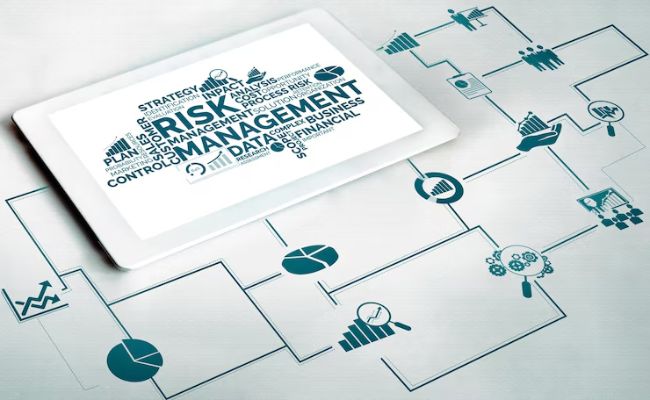In an increasingly volatile global economy, risk is no longer a side conversation—it’s a boardroom priority. As businesses become more exposed to cyber threats, regulatory scrutiny, environmental concerns, and reputational issues, the connection between corporate governance and risk management has never been more critical.
Organizations with strong governance frameworks are better positioned to identify, assess, and manage risks proactively. Let’s explore how corporate governance and risk are intertwined—and why aligning them is key to sustainable success.
What Is Corporate Governance?
Corporate governance refers to the system of rules, processes, and practices that guide how a company is directed and controlled. It defines responsibilities across management, the board of directors, shareholders, and other stakeholders to ensure accountability, fairness, and transparency.
Good governance lays the foundation for:
- Ethical decision-making
- Strategic oversight
- Stakeholder trust
- Regulatory compliance
The Risk Dimension of Governance
Effective corporate governance doesn’t just support compliance—it enables risk-aware decision-making at every level of the organization.
Key Areas Where Governance Influences Risk:
1. Board Oversight
Boards are responsible for overseeing risk strategy and ensuring that risk appetite aligns with business goals.
2. Internal Controls
Governance structures set the tone for internal controls that detect and mitigate operational, financial, and reputational risks.
3. Audit Committees
These governance bodies review risk disclosures, financial integrity, and compliance systems to provide transparency.
4. Ethical Culture
Companies with strong ethical leadership and codes of conduct experience fewer frauds, lawsuits, and crises.
The Consequences of Weak Governance
Poor governance leads to:
- Increased vulnerability to fraud or cyberattacks
- Misaligned strategies and unmanaged growth risks
- Regulatory fines and shareholder lawsuits
- Damage to brand and stakeholder relationships
Famous corporate collapses—like Enron, Wirecard, and Theranos—show how governance failures directly lead to risk explosions.
Integrating Risk Management into Governance
To thrive in 2025 and beyond, companies must weave risk management into the fabric of their governance model:
- Establish clear risk ownership at board level
- Use enterprise risk management (ERM) systems for oversight
- Tie executive compensation to risk-adjusted performance
- Disclose risks transparently in reports and filings
Final Thoughts
Governance and risk are two sides of the same coin. Strong corporate governance acts as the first line of defense against emerging threats while fostering innovation and long-term value creation. Companies that align these functions can make smarter, safer, and more sustainable decisions in an unpredictable world.
Explore Best Online Courses to Learn Risk Management
If you’re new to risk management or looking to deepen your expertise, there’s no better time to start than now. Learning from industry experts can help you build a strong foundation and gain certifications that set you apart in the job market.
At www.smartonlinecourse.com, in collaboration with the Risk Management Association of India (www.rmaindia.org), you can explore a range of self-paced, affordable online courses designed for both beginners and professionals. These courses are tailored to real-world needs, taught by experts, and designed for flexible learning.
👉 Visit www.smartonlinecourse.com to explore more!
📧 Email: info@smartonlinecourse.org
Or WhatsApp us at: 8232083010/9883398055


